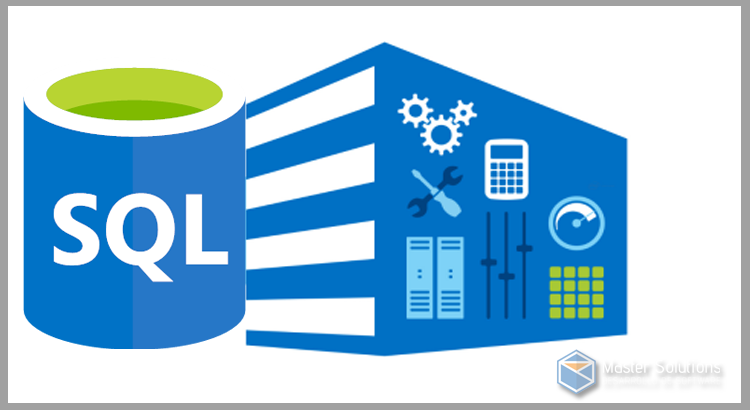
What is SQL in DBMS?
SQL is a programming language designed to manage relational database data. It consists of three parts, such as Data Definition Language (DDL), Data Manipulation Language (DML), and Transaction Control Language (TCL). Data stored in relational database systems is typically organized into tables linked by relationships; SQL statements can then be used to manipulate this information for various purposes such as inserting, updating and retrieving it.
Edgar F. Codd, Chamberlin and Boyce developed SQL at IBM San Jose Research Laboratory during the 1970s. Relational Software, Inc released its first commercial DBMS supporting SQL called Oracle V2 that ran on VAX computers that year; today many leading DBMS vendors continue using SQL as a go-to language due to its various functions on structured data.
Language translation software such as Swift is designed to run on various platforms ranging from desktop PCs and servers to mobile phones, providing users with a portable and interpretive tool that minimizes chances of miscommunication among users.
RDBMSs use this specialized language as the backbone, offering several advantages over earlier read-write APIs like ISAM and VSAM: data independence and fewer access paths to records; support for foreign keys and constraints to maintain data integrity; optimization capabilities; as well as commands for normalization, query optimization and transaction management.
SQL stands apart from procedural programming languages like C or BASIC in that it’s declarative and supports features comparable to object-oriented languages such as constructors, observers, mutators, methods overloading inheritance overwriting interfaces. When combined with procedural languages it can expand its capabilities further still.
SQL is an ANSI standard that defines both its syntax and semantics for language constructs; however, its behavior varies greatly between vendor implementations. Variations exist regarding date/time syntax, string concatenation, NULLs and comparison case sensitivity between implementations; furthermore many database vendors with large existing customer bases often opt not to break backward compatibility with previous versions of their database and may choose other factors over standards compliance when making business decisions.
SQL’s query language allows users to retrieve and manipulate data based on specific criteria. This feature makes SQL an extremely versatile database system capable of handling large volumes of structured information efficiently. The query language includes words representing concepts like LIKE, LIMIT, INTERSECT and JOIN. A JOIN operation allows you to combine information from two tables into a single output or result – for example combining customer and product info through this process. SQL query language includes predicates, which are conditions that evaluate to one of three-valued logic (3VL) values: true, false or unknown and are used to limit or redirect statements and queries or alter program flow.